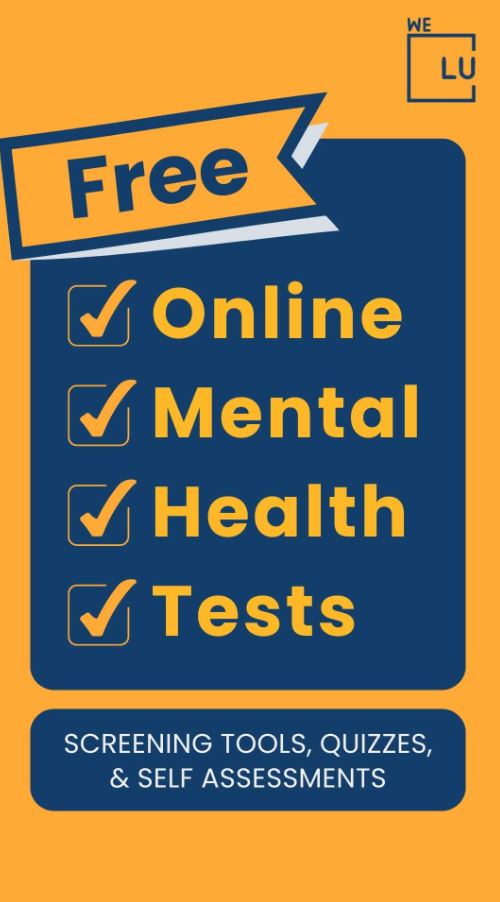Trypophobia Test
Please take the following quiz to assess if you are experiencing signs and symptoms of Trypophobia. Ensure you answer the questions honestly and thoroughly, reflecting your current emotional state rather than how you aspire to feel. It is important to remember that seeking help is always an option, regardless of the time that has passed. Let’s begin with the “Trypophobia Test” from We Level Up’s treatment center network.
Trypophobia is the aversion or fear associated with a pattern of holes. Encountering clusters of holes in various objects, such as foods, flowers, and everyday items like sponges, may evoke disgust. It is increasingly acknowledged as an anxiety-related issue that can impact one’s overall quality of life.
Some common behavioral symptoms of Trypophobia include:
- Having a dry mouth.
- Feeling disgust.
- Profuse sweating (hyperhidrosis).
Please complete the free Trypophobia Test to gain insights into your circumstances. This concise Trypophobia Test aims to identify behavioral patterns that may indicate a tendency toward having Trypophobia. While it can provide valuable information, it is essential to note that it is not intended as a comprehensive diagnosis or for diagnosing a specific type of Trypophobia. Depending on your responses, you may receive a potential indication of Trypophobia. If so, we are here and prepared to offer assistance. However, consulting with a healthcare professional for a clinical diagnosis is crucial. Please feel free to contact us 24/7 with any questions, and rest assured that no obligations are involved.
Take Our Free Trypophobia Test
Take Our Trypophobia Test Online Confidential Results
Welcome to the Trypophobia Test. Trypophobia is a purported aversion to the sight of irregular patterns or clusters of small holes or bumps. This test is designed to help you understand your level of discomfort or sensitivity to such patterns. Please answer the following questions honestly based on your feelings and reactions. Your total score will provide insight into your trypophobia tendencies.
*By taking this free quiz, you may obtain your results online and in your email box. You’ll have the opportunity to opt-in to learn more about your symptoms, talk to a mental health consultant and join our newsletter. Rest assured your information is private and confidential. Results, consultations and assessment are provided without any cost to you and without any obligation. If you do not wish to provide your contact information, you may omit it during your quiz. Thank you for opting in and participating. To you best of health.
What Is Trypophobia?
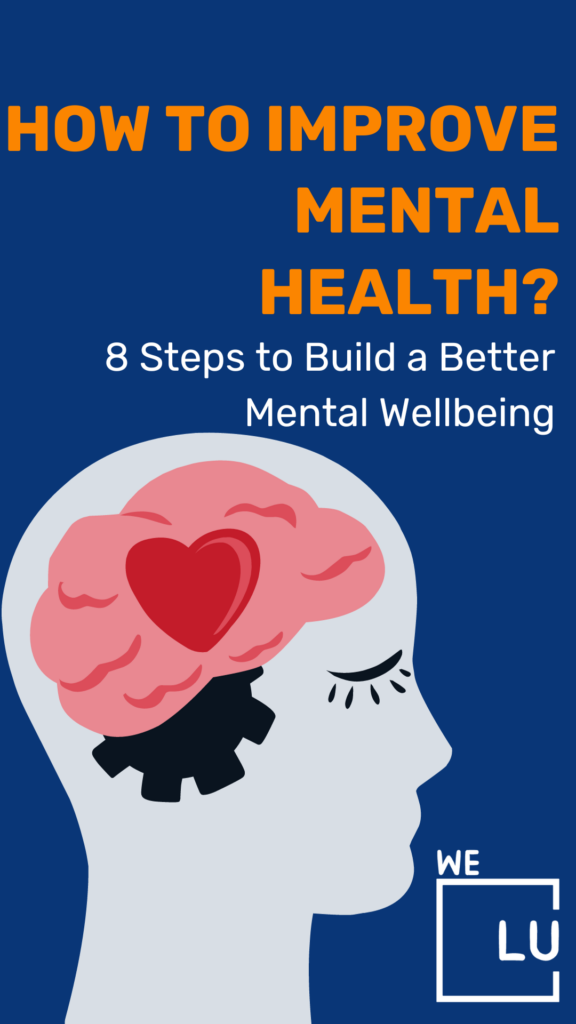
Trypophobia is a psychological phenomenon characterized by an intense aversion or fear of patterns of holes, often evoking strong feelings of discomfort, disgust, or anxiety. Individuals with trypophobia may experience distress when exposed to objects or images containing clusters of holes. Common triggers include natural patterns found in certain plants, fruits, organic materials, and everyday items like sponges or honeycombs.
The term “trypophobia” is derived from the Greek words “trypo,” meaning holes, and “phobia,” indicating an irrational fear. While not officially recognized as a distinct mental health disorder in diagnostic manuals such as the DSM-5, trypophobia is a topic of interest in psychological research.
The reactions associated with trypophobia can vary widely among individuals, ranging from mild discomfort to more severe anxiety. Some people may find explaining or rationalizing their aversion to hole patterns challenging.
If trypophobia significantly interferes with daily life or causes distress, individuals may seek support from mental health professionals, such as psychologists or therapists, who can provide coping strategies and address any related anxiety issues. It’s essential to note that research on trypophobia is ongoing, and understanding of this phenomenon may evolve.
The Symptoms Of Trypophobia
Trypophobia is not officially recognized as a mental health disorder, and there is no specific set of diagnostic criteria. However, individuals who report experiencing trypophobia may describe various symptoms associated with their aversion or fear of hole patterns. These symptoms can include:
- Intense Discomfort: Individuals with trypophobia often report a strong and immediate sense of discomfort, unease, or disgust when exposed to images or objects containing clusters of holes.
- Anxiety or Panic: Some individuals may experience heightened anxiety or even panic attacks in response to stimuli that trigger their trypophobia.
- Nausea: The sight of hole patterns may be accompanied by feelings of nausea or sickness in some individuals.
- Avoidance Behavior: People with trypophobia may actively avoid situations, images, or objects that they associate with hole patterns to prevent experiencing discomfort or anxiety.
- Increased Heart Rate: Exposure to trypophobic triggers may lead to physiological responses such as an increased heart rate or a feeling of restlessness.
- Skin Crawling Sensation: Some individuals describe a sensation of their skin crawling or itching when they encounter hole patterns, contributing to their overall discomfort.
It’s important to note that the severity and nature of symptoms can vary widely among individuals who report trypophobia. Additionally, as trypophobia is not a recognized mental health disorder in diagnostic manuals like the DSM-5, these symptoms are described based on self-reported experiences.
If an individual finds that their aversion to hole patterns significantly impacts their daily life or causes distress, seeking guidance from a mental health professional can be beneficial. A mental health professional can provide support, explore coping strategies, and address any related anxiety or stressors.
Once you have finished answering the Trypophobia Test, please submit your responses and wait for the results. Sharing your test results with a professional healthcare counselor or mental health expert is advisable. If you require assistance, feel free to contact the We Level Up treatment center advocates for a complimentary evaluation and consultation regarding Trypophobia. Rest assured, no obligations are involved, and your call will remain confidential and free of charge.
Get Help. Get Better. Get Your Life Back.
Searching for Accredited Drug and Alcohol Rehab Centers Near You?
Even if you have failed previously and relapsed, or are in the middle of a difficult crisis, we stand ready to support you. Our trusted behavioral health specialists will not give up on you. When you feel ready or just want someone to speak to about therapy alternatives to change your life call us. Even if we cannot assist you, we will lead you to wherever you can get support. There is no obligation. Call our hotline today.
(844) 597-1011What Causes Trypophobia?
The specific causes of trypophobia are not fully understood, and research on this phenomenon is still in its early stages. However, several theories have been proposed to explain why some individuals experience an aversion or fear of hole patterns. It’s important to note that these theories are not mutually exclusive, and trypophobia may have a complex interplay of factors. Some possible explanations include:
- Evolutionary Response: One theory suggests trypophobia may be linked to evolutionary factors. The aversion to specific patterns of holes might be a primitive response designed to protect individuals from potential harm, as some vicious or dangerous animals and plants exhibit similar patterns.
- Associative Learning: Traumatic experiences or negative associations with hole patterns may contribute to trypophobia. If an individual has experienced discomfort or fear in the presence of hole patterns, the brain may form associations that trigger a similar emotional response in the future.
- Visual Processing: Some researchers propose that trypophobia may be related to how the brain processes visual information. Certain hole patterns may disrupt normal visual processing, leading to discomfort or aversion.
- Biological Predisposition: A biological predisposition or genetic component could make some individuals more susceptible to trypophobia. Further research is needed to understand the role of genetics in developing this phenomenon.
- Cultural and Social Influences: Cultural and social factors may contribute to the development of trypophobia. Exposure to specific images, stories, or cultural beliefs about hole patterns may influence an individual’s response.
It’s essential to recognize that trypophobia exists on a spectrum, and not everyone who finds hole patterns uncomfortable necessarily experiences it as a phobia. Additionally, as research on trypophobia continues, our understanding of its causes may evolve. If trypophobia significantly impacts an individual’s well-being, seeking guidance from a mental health professional can help explore coping strategies and address any related concerns.
What Are Trypophobia Triggers?
Trypophobia triggers are specific stimuli or images that can evoke discomfort, fear, or anxiety in individuals who experience trypophobia. While triggers can vary from person to person, some common patterns or objects are often reported as inducing trypophobic reactions. Here are examples of trypophobia triggers:
- Lotus Seed Pods: The seed pods of the lotus flower, with their clustered holes, are a classic trypophobia trigger.
- Honeycombs: The hexagonal pattern of honeycombs, especially when seen up close, can be unsettling for those with trypophobia.
- Coral Reefs: The intricate patterns and holes in coral reefs may trigger trypophobic reactions in some individuals.
- Pomegranates: The seeds arranged in clusters within a pomegranate may be perceived as triggering for those with trypophobia.
- Bubble Wrap: The uniform bubbles in bubble wrap may evoke discomfort for some individuals, especially when the bubbles are popped.
- Strawberries: The seeds on the surface of strawberries, exceptionally when closely packed, may be a trigger for some people.
- Sponges: The porous structure of natural sponges, with their numerous holes, can be unsettling for individuals with trypophobia.
- Certain Insects: Insects with patterns of holes on their bodies, such as the Surinam toad or bot fly larvae, may serve as trypophobia triggers.
Skip To:
Learn More:
- Free Online Am I Being Gaslighted Quiz & Self-Assessment
- Do I Have Postpartum Depression Quiz, Screening For PPD
- Free CIWA Score Assessment Quiz, CIWA-Ar for Withdrawal
- Free Online Drug And Alcohol Tests, Quizzes, & Assessments
- Online Confidential Am I An Alcoholic Quiz For Free
- Free & Online Alexithymia Test, Are You Emotionally Blind?
- Dirty Dozen Dark Triad Test, How Dark Is Your Personality?
- Gender Role Test, Am I More Feminine Or Masculine?
- Most Accurate Empath Test, Am I An Empath Test?
- Agoraphobia Test, Symptoms & Signs Of Agoraphobia
It’s important to emphasize that individual reactions to these triggers can vary, and not everyone who finds these patterns uncomfortable necessarily experiences trypophobia. Additionally, the intensity of the reaction may differ from person to person.
If trypophobia causes significant distress or interferes with daily functioning, seeking support from a mental health professional can be beneficial. A mental health professional can provide guidance, explore coping strategies, and address any related anxiety or concerns.
Examples Of Trypophobia Test Images
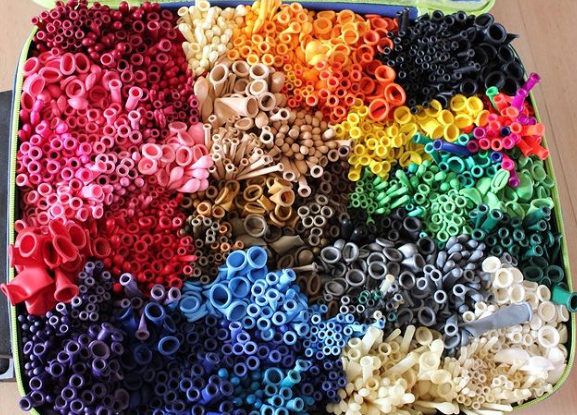
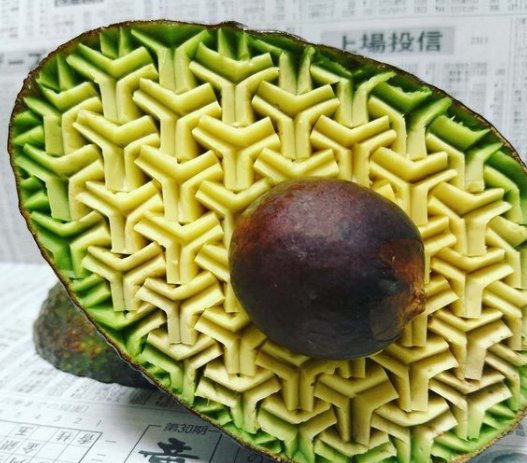
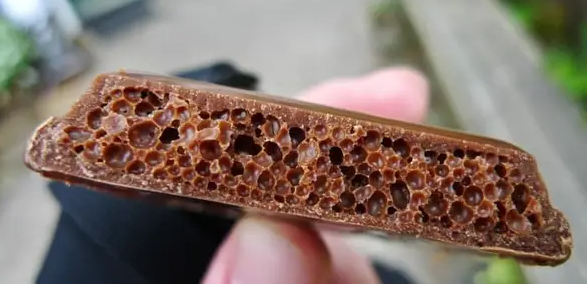
How to Improve Mental Health? 8 Steps & Tips for Maintaining Your Mental Wellbeing
Video Script
8 Steps for Mental Wellbeing & How To Improve Mental Health In The Workplace
- Staying Positive.
- Practicing Gratitude.
- Taking Care of Your Physical Health.
- Connecting With Others.
- Developing a Sense of Meaning and Purpose in Life.
- Developing Coping Skills.
- Meditation.
- Relaxation Techniques.
Search We Level Up Trypophobia Test & Recovery Resources
Sources
[1] Chand SP, Marwaha R. Anxiety. [Updated 2023 Apr 24]. In: StatPearls [Internet]. Treasure Island (FL): StatPearls Publishing; 2023 Jan-. Available from: https://www.ncbi.nlm.nih.gov/books/NBK470361/ Trypophobia Test
[2] Bandelow B, Michaelis S, Wedekind D. Treatment of anxiety disorders. Dialogues Clin Neurosci. 2017 Jun;19(2):93-107. Doi 10.31887/DCNS.2017.19.2/bbandelow. PMID: 28867934; PMCID: PMC5573566. Trypophobia Test
[3] Anxiety Disorders – National Institute of Mental Health (NIMH) Trypophobia Test
[4] Anxiety Disorders – Substance Abuse and Mental Health Services Administration (SAMHSA)
[5] Prevention and Treatment of Anxiety, Depression, and Suicidal Thoughts and Behaviors Among College Students – Substance Abuse and Mental Health Services Administration (SAMHSA)
[6] Mental Health Conditions: Depression and Anxiety – Centers for Disease Control and Prevention (CDC)
[7] Anxiety Disorders: Types, Causes, Symptoms & Treatments – MedlinePlus (.gov)
[8] Mental Health and Mental Disorders – Healthy People 2030 https://health.gov/healthypeople/objectives-and-data/browse-objectives/mental-health-and-mental-disorders
[9] Munir S, Takov V. Generalized Anxiety Disorder. [Updated 2022 Oct 17]. In: StatPearls [Internet]. Treasure Island (FL): StatPearls Publishing; 2023 Jan-. Available from: https://www.ncbi.nlm.nih.gov/books/NBK441870/
[10] Any Anxiety Disorder – NIMH – National Institutes of Health (NIH)
